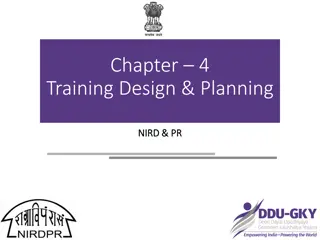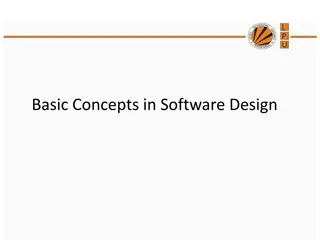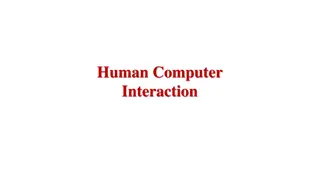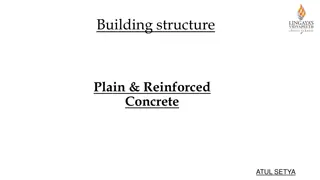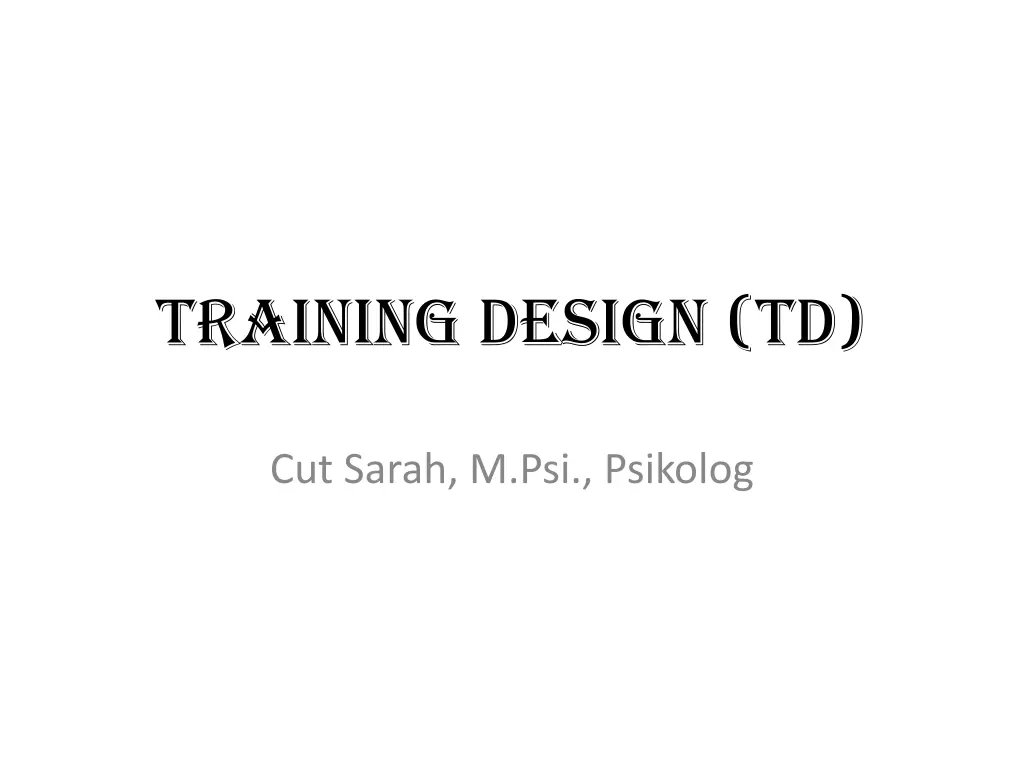
Effective Training Design for Optimal Learning Outcomes
Enhance your training program design with insights on Training Needs Analysis (TNA), Training Evaluation (TE), and the Training Cycle. Learn about developing objectives, writing effective learning objectives, and the framework for conducting training design. Discover the importance of integrating learning theory and organizational constraints for successful training outcomes.
Download Presentation

Please find below an Image/Link to download the presentation.
The content on the website is provided AS IS for your information and personal use only. It may not be sold, licensed, or shared on other websites without obtaining consent from the author. If you encounter any issues during the download, it is possible that the publisher has removed the file from their server.
You are allowed to download the files provided on this website for personal or commercial use, subject to the condition that they are used lawfully. All files are the property of their respective owners.
The content on the website is provided AS IS for your information and personal use only. It may not be sold, licensed, or shared on other websites without obtaining consent from the author.
E N D
Presentation Transcript
TRAINING DESIGN (TD) Cut Sarah, M.Psi., Psikolog
Training Cycle (Siklus Training) Training Needs Analysis (TNA) Training Evaluation (TE) Training Design (TD)
THE FRAMEWORK FOR CONDUCTING A TRAINING DESIGN (TD)
INPUT OUTPUT PROCESS Training Needs Determine Factors that facilitate learning & transfer Identify alternative method of instruction Learning Theory Develop Training Objectives Evaluation Objectives Organization al Constraint
Overview Output dari proses sebelumnya (TNA) yang mengidentifikasi training needs (KSAs) akan mengarah pada proses selanjutnya yaitu Training Design (TD). KSAs Training Objectives Training Design (content, methods, material, etc). Keputusan mengenai TD harus mengintegrasikan apa yang kita ketahui mengenai how people learn (learning theory) dengan what they need to learn . Dalam rencana ini juga harus mempertimbangkan organizational constraints (money, time, facilities, etc).
DEVELOPING OBJECTIVES Training Objectives adalah semua sasaran dan tujuan yang dikembangkan untuk program training. TYPES OF TRAINING OBJECTIVES 1. Trainee Reaction Objectives Describes the desired trainee attitudinal and subjective evaluations of training 2. Learning Objectives Describes the type of behavior that will demonstrate the learning, the conditions under which the behavior must occur, and the criteria that will signify that a sufficient level of learning has occurred 3. Transfer of Training Objectives Describes the job behaviors that will affected by training, the conditions under which those behaviors must occur, and the criteria that will signify that a sufficient transfer of learning from training to the job has occurred 4. Organizational Outcome Objectives Describes the organizational outcomes that will be affected by the transfer of learning to the job and the criteria that will signify that organizational outcome objectives have been achieved
Writing a Good Learning Objectives A good objectives memiliki tiga komponen (Mager, 1975): 1. Desired Outcome: Apa hasil yang diharapkan terjadi? 2. Conditions: Pada kondisi seperti apa hasil yang diharapkan terjadi? 3. Standards: Apa kriteria yang menandakan bahwa hasil dapat diterima? Accuracy-Quality-Speed Ex: After completing training, participants will, using active listening skills (standard), be able to respond angry customer (conditions), to calm him down (desired outcome).
Manfaat Training Objectives THE TRAINEE THE TRAINING DESIGNER THE TRAINER TRAINING EVALUATOR Trainee memahami apa yang diperlukan di akhir training. Trainee akan lebih mudah mencapai tujuan yang ditetapkan. Dapat memfasilitasi proses belajar secara lebih efektif. Membantu trainer dalam menekankan beberapa bagian training dengan tujuan yang dibuat. Membantu dalam mengarahkan pembuatan training package Membantu tetap on track Menetapkan perilaku akhir yang diharapkan di akhir training.
ORGANIZATIONAL CONSTRAINTS Dua kategori utama hambatan yang berdampak pada training yang akan diberikan: ORGANIZATIONAL/ ENVIRONMENTAL CONSTRAINTS TRAINEE POPULATION
FACILITATION OF LEARNING: Focus on the Trainee 1. KSAs (INDIVIDUAL DIFFERENCES) akan mempengaruhi bagaimana seseorang belajar. Solusi: (1) Memberikan training yang sama pada setiap orang, tetapi harus mencakup semua preferensi belajar dari setiap orang. (2) Membuat training yang terpisah- pisah sesuai dengan gaya belajar dari setiap individu. 2. MOTIVATION OF TRAINEE Ingat formula (P=M x KSA x E)mengindikasikan kurangnya motivasi akan mencegah proses belajar. Training harus diciptakan bukan hanya menyediakan KSAs tetapi juga memotivasi trainee untuk belajar dan menerapkan KSAs dalam pekerjaannya.
KNOWLEDGE SKILLS ATTITUDES (KSA) MOTIVATION (M) ENVIRONMENT (E) Factors Determining Human Performance TRAINING DIBERIKAN JIKA TERINDIKASI ADANYA LACK OF KSA S P = M X KSA X E
FACILITATION OF LEARNING: Focus on Training Design LEARNING PROCESS AND CORRESPONDING TRAINING EVENTS ATTENTION/ EXPECTANCY Learning environment, pretraining communications, statement of objectives and process, highlighting of key learning points RETENTION Activation of memory Stimulation of prior related learning Symbolic coding & cognitive organization Presentation of various encoding schemes and images, associations with previously learned material, order of presentation during training Symbolic rehearsal and cues for retrieval Case studies, hypothetical scenarios, aids for transfer of learning (identical elements and principles) BEHAVIORAL REPRODUCTION Active and guided practice (role plays and simulations) REINFORCEMENT Assessment and feedback (positive and/or negative)
FACILITATION OF TRANSFER: FOCUS ON TRAINING DESIGN Transfer of Training menunjukkan seberapa banyak apa yang dipelajari dalam training ditransfer pada pekerjaan. Cascio (1995) menyatakan bahwa ada tiga kemungkinan terkait transfer of training: A higher level of job performance (positive transfer) No change in job performance (zero transfer) A lower level of job performance (negative transfer) 1) 2) 3) Stimulus Variability Conditions of Practice Identical Elements The strategies used to retention Knowledge of Result Goal Setting
FACILITATION OF TRANSFER: FOCUS ON ORGANIZATIONAL INTERVENTION SUPERVISOR SUPPORT CLIMATE & CULTURE PEER SUPPORT REWARD SYSTEM TRAINER SUPPORT
OUTCOMES OF DESIGN (OUTPUT TD) Identification of evaluation objectives Alternative methods of instructions
DISKUSI Diskusikan mengenai gambaran training yang akan dilakukan kelompok? Jelaskan aplikasi TNA pada level organizational, operasional, dan person analysis yang akan kamu lakukan? Identifikasi mengenai input dalam TD (learning theory, training needs, organizational constraint) yang akan kelompok Anda analisis. Rumuskan training objectives sesuai dengan kriteria yang telah dipaparkan.


